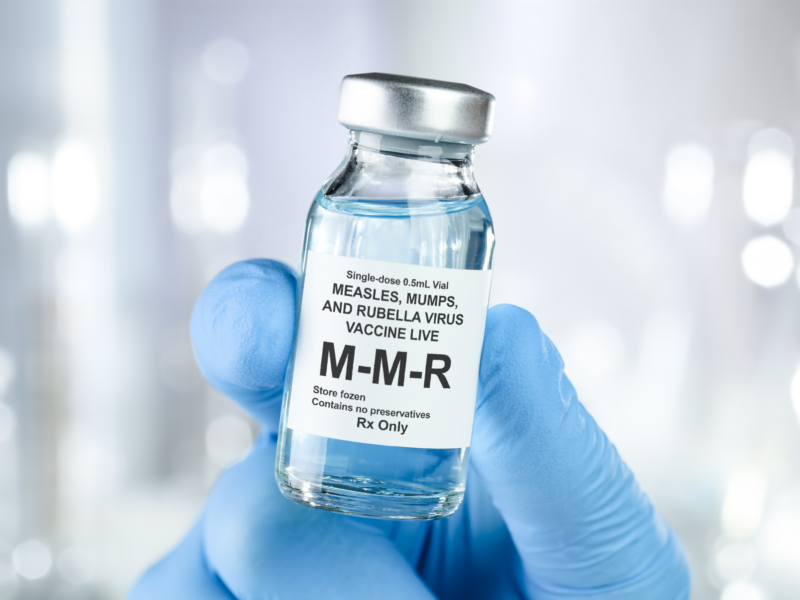Math Model Reveals Immune System Secrets
Math Model Reveals Immune System Secrets https://pediatricsnationwide.org/wp-content/themes/corpus/images/empty/thumbnail.jpg 150 150 Brianne Moore Brianne Moore https://pediatricsnationwide.org/wp-content/uploads/2021/03/Brianne-Moore.jpgNatural killer (NK) cells are a key part of the innate immune system, activating to destroy virally infected cells or tumor cells detected in the body. While the mechanism of detection of infected cells by NK cells is well understood, some aspects of how NK cells communicate with other immune cells are not. Due to the large number of different types of molecules and target cells interacting with individually-unique NK cells in the course of immune system function, it is nearly impossible to determine how NK cells become activated by the diverse molecules expressed on infected cells.
A recent study published in Science Signaling investigated the synergy between two signaling pathways, one initiated by expressed molecules (NKG2D) on infected cells, and the other initiated by molecules (IL-2) secreted by another immune cell (e.g., T cell) in primary human NK cells in silico. By constructing a mathematical computer model and using blood samples to determine its accuracy, the research team elucidated how NK cells can be activated and how the two signaling pathways, IL-2 and NKG2D, do not physically interact but crosstalk through signaling pathways inside the NK cell.
“The immune system is so complex that we cannot gain insight into how it works without modeling,” says Jayajit Das, PhD, a faculty member of the Battelle Center for Mathematical Medicine in The Research Institute at Nationwide Children’s Hospital and senior author of the study. “By using the model, we can run trials to try out different ways we think IL-2 signaling molecules and NKG2D surface receptors communicate. Then, based on our available data, we can give an accurate model of this synergy and mechanistically understand it.”
Dr. Das created the mathematical model of NK cells as part of the larger research effort conducted at Dr. Lewis Lanier’s laboratory at the University of California, San Francisco. With the assistance of a single cell mass cytometry technique developed at Stanford University, it is now possible to analyze over 40 proteins at once and observe NK cell interactions at the cell-to-cell level, allowing the mathematical model to characterize part of a process as complex as NK cell signaling and activation. It was determined that IL-2 allowed NKG2D to induce robust NK cell activation to destroy infected target cells, despite no direct contact of the signaling molecule IL-2 and the surface receptor NKG2DR.
“The synergy between these two pathways is clinically important and could eventually lead to medications that work like IL-2 and help activate natural killer cells to destroy targets such as cancer or infectious diseases,” adds Dr. Das. “But in order to do that, we need to mechanistically understand that synergy, which can only come from combining large data sets and advanced computational analysis.”
Reference:
Mukherjee, S, Jensen H, Stewart W, Stewart D, Ray W, Chen S, Nolan G, Lanier L, Das J. In silico modeling identifies CD45 as a regulator of IL-2 synergy in the NKG2D-mediated activation of immature human NK cells. Science Signaling. 27 Jun 2017;10(485).
About the author
Brianne is interning as a science writer and editor for Clinical & Research Communications at Nationwide Children's Hospital. She contributes to a variety of publications, including Pediatrics Nationwide and PediatricsOnline.
- Brianne Moorehttps://pediatricsnationwide.org/author/brianne-moore/
- Brianne Moorehttps://pediatricsnationwide.org/author/brianne-moore/
- Brianne Moorehttps://pediatricsnationwide.org/author/brianne-moore/
- Brianne Moorehttps://pediatricsnationwide.org/author/brianne-moore/September 19, 2016
- Posted In:
- In Brief







